Home>Garden Essentials>When Should I Plant Onion Seeds
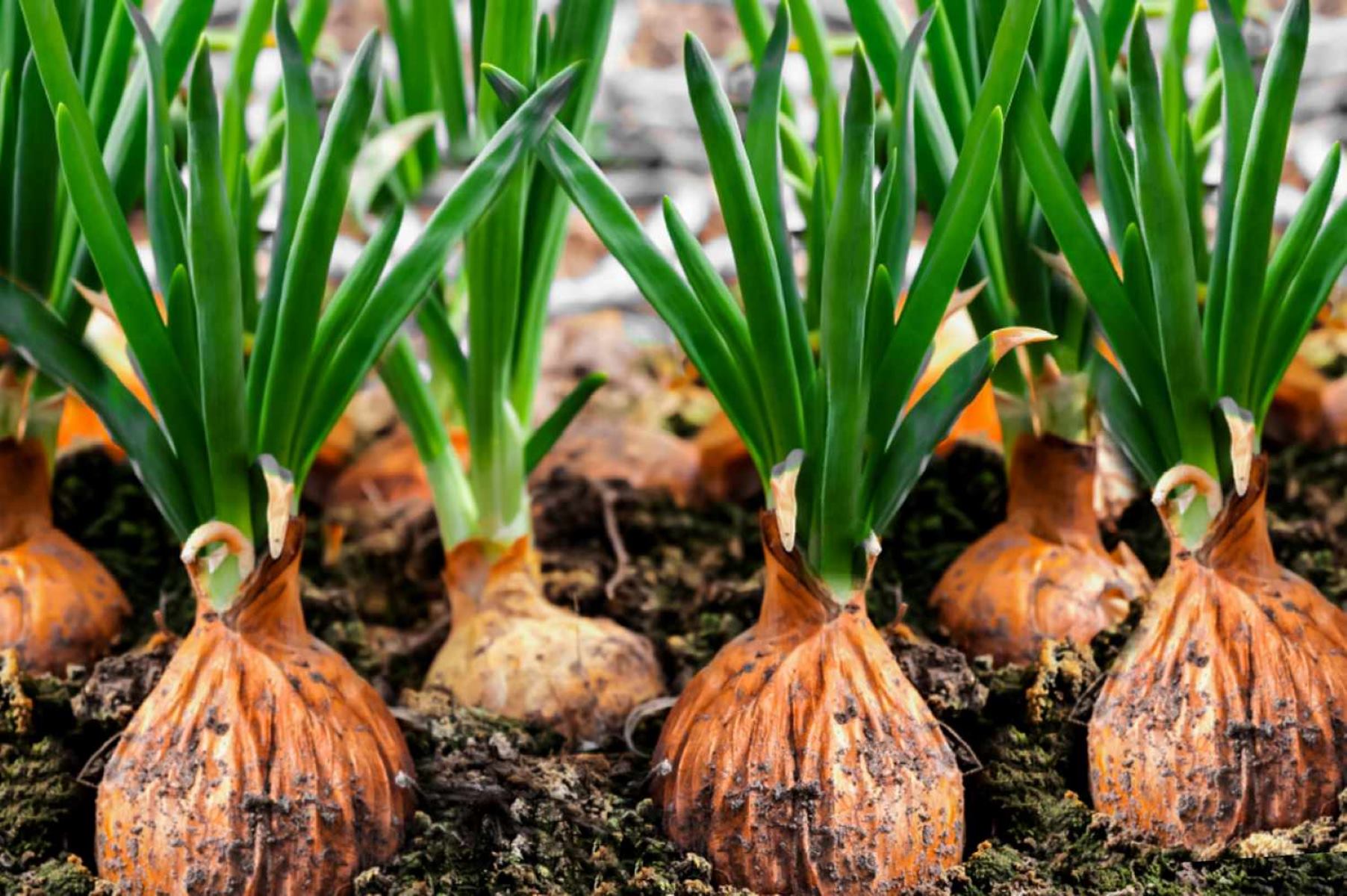

Garden Essentials
When Should I Plant Onion Seeds
Modified: March 16, 2024
Find out the best time to plant onion seeds in your garden and ensure a successful harvest with our expert tips and guidance.
(Many of the links in this article redirect to a specific reviewed product. Your purchase of these products through affiliate links helps to generate commission for Storables.com, at no extra cost. Learn more)
Introduction
Gardening enthusiasts often find joy in growing their own vegetables, and onions are no exception. Whether you’re aiming to add a burst of flavor to your culinary creations or simply want to enjoy the satisfaction of harvesting your own produce, planting onion seeds can be a rewarding experience. However, before you embark on this gardening adventure, there are a few important factors to consider.
Onions are a cool-season crop that thrives in well-drained soil with full sun exposure. They come in a variety of sizes, shapes, and flavors, making them a versatile addition to any garden. By planting onion seeds, you have the opportunity to select from a wide range of cultivars and enjoy the freshest, most flavorful onions possible.
In this article, we will explore the best time to plant onion seeds, how to plant them properly, and the necessary care needed to ensure healthy growth. We will also cover common problems that may arise and offer troubleshooting tips. By the end, you’ll be equipped with the knowledge and confidence to successfully grow onions from seeds.
Key Takeaways:
- Plant onion seeds indoors 8-10 weeks before the last frost for a spring harvest, or directly sow them in the garden 10-12 weeks before the first expected fall frost for a fall harvest. Choose the right onion varieties for your climate and follow specific planting guidelines for successful growth.
- Provide proper care for onion seedlings by watering regularly, feeding with organic fertilizer, controlling weeds, thinning out overcrowded seedlings, and protecting from pests and diseases. Harvest onions when the foliage turns yellow and flops over, then cure and store them for long-term use.
Read more: When To Plant Onion Seed
Factors to Consider Before Planting Onion Seeds
Before you start planting onion seeds, it’s important to take into account several factors that can greatly impact their growth and overall success. By considering these factors beforehand, you can ensure that your onions have the best chance of thriving in your garden.
- Climate: Onions are classified as cool-season vegetables, meaning they prefer moderate temperatures ranging from 55°F to 75°F (13°C to 24°C). It’s essential to choose onion varieties that are suitable for your specific climate to ensure optimal growth.
- Soil Quality: Onions prefer well-drained soil with a pH level of 6.0 to 7.5. The soil should be rich in organic matter and free from rocks, debris, and excessive moisture. Before planting, it’s advised to amend the soil with compost or well-rotted manure to improve its fertility.
- Sunlight: Onions require a minimum of six hours of direct sunlight per day to grow and develop properly. Choose a location in your garden that receives ample sunlight throughout the day to ensure healthy onion growth.
- Spacing: Proper spacing is crucial to allow onions to develop fully. Each onion seed requires approximately one inch of space to grow. Make sure to leave enough room between each seedling, typically two to four inches apart, to prevent overcrowding and competition for nutrients.
- Companion Planting: Some plants, known as companion plants, can benefit onion growth by deterring pests or improving soil conditions. Consider planting onions near carrots, lettuce, or parsley as they have beneficial interactions with each other. On the other hand, avoid planting onions near peas or beans as they may compete for resources.
- Growing Season: Different onion varieties have varying growing seasons. Some are quick-maturing and can be harvested in a few months, while others take longer. Take note of the estimated time to maturity for the variety you choose to ensure it aligns with your gardening goals and available time.
By taking these factors into consideration, you can create an optimal environment for your onion seeds to thrive. This thoughtful planning will set the stage for healthy growth and a bountiful onion harvest in the future.
Best Time to Plant Onion Seeds
Timing is crucial when it comes to planting onion seeds. To give your onions the best chance of success, it’s important to plant them at the right time of the year. The ideal time to plant onion seeds depends on your location and the type of onions you are growing.
For spring planting, it’s recommended to start onion seeds indoors about 8-10 weeks before the last frost date in your area. This allows the seeds to germinate and develop into healthy seedlings before being transplanted outdoors. Once the threat of frost has passed and the soil has warmed up, usually in early spring, you can transplant your onion seedlings into the garden.
If you prefer a fall harvest, you can directly sow onion seeds in the garden around 10-12 weeks before the first expected fall frost. This timing gives the seeds enough time to germinate and establish themselves before the cooler temperatures set in.
It’s essential to choose the right onion varieties for each planting season. Short-day varieties are best suited for areas with mild winters and early springs. They require around 10-12 hours of daylight to trigger bulb formation. Long-day varieties, on the other hand, are well-suited for regions with cooler summers and longer daylight hours. They need around 14-16 hours of daylight to develop bulbs.
It’s important to note that onion seeds can take a while to germinate, usually around 10-14 days, so be patient during the early stages of growth. Keep the soil consistently moist but not waterlogged to support germination.
In summary, the best time to plant onion seeds is determined by your local climate and the type of onions you plan to grow. Understanding the specific requirements of each onion variety will help you determine the optimal planting time for a successful harvest.
How to Plant Onion Seeds
Planting onion seeds may seem like a daunting task, but with a few simple steps, you can ensure successful germination and growth. Follow these guidelines to plant your onion seeds and set them up for healthy development.
- Prepare the soil: Choose a well-drained area in your garden that receives full sun. Remove any weeds or debris from the soil and amend it with organic matter such as compost or aged manure to improve its fertility.
- Sow the seeds: Start by creating shallow furrows in the soil, about one-fourth to half an inch deep. Space the furrows 12-18 inches apart to allow ample room for the onions to develop. Gently scatter the onion seeds along the furrow, keeping them evenly spaced. Aim for a seed every inch or so.
- Cover and water: Once you have placed the seeds, cover them gently with a thin layer of soil. Lightly pat down the soil to ensure good seed-to-soil contact. Water the area gently but thoroughly to provide the moisture needed for germination.
- Maintain moisture: It’s essential to keep the soil evenly moist throughout the germination period, which typically takes 10-14 days. Check the moisture level regularly and water as needed to prevent the soil from drying out. Avoid overwatering, as soggy soil can lead to disease and rot.
- Thinning seedlings: As the onion seedlings begin to emerge, they might be overcrowded. Thin the seedlings to ensure proper spacing, leaving the strongest and healthiest ones to grow. Thin them to a distance of 2-4 inches apart, depending on the variety’s growth requirements.
- Transplanting: If you started your seeds indoors, you’ll need to transplant the seedlings into the garden once they have grown to a suitable size. This is typically 6-8 weeks after germination. Dig holes in the prepared garden area and carefully transplant the seedlings, making sure to space them according to the variety’s requirements.
- Mulch and care: Cover the soil around the onion seedlings with a layer of organic mulch, such as straw or wood chips. This will help retain soil moisture, suppress weed growth, and maintain stable soil temperature. Water your onion plants regularly and provide them with adequate nutrients through organic fertilizers or compost.
By following these steps, you can plant onion seeds successfully and prepare them for healthy growth. Remember to pay attention to watering, thinning, and providing proper care to ensure robust onion plants and a bountiful harvest.
Plant onion seeds in early spring, as soon as the soil can be worked. Onions prefer cool weather to establish strong roots before the heat of summer.
Caring for Onion Seedlings
Once you’ve planted your onion seeds and they begin to sprout into seedlings, it’s crucial to provide them with proper care to promote healthy growth and development. Here are some essential tips for caring for your onion seedlings:
- Watering: Onions have shallow roots, so it’s important to water them regularly and consistently. Keep the soil evenly moist, but avoid overwatering, as onions are susceptible to rot. In general, aim to provide about 1 inch of water per week, either through rainfall or irrigation.
- Feeding: Fertilize your onion seedlings every 2-3 weeks with a balanced, organic fertilizer to provide them with essential nutrients. Avoid using high-nitrogen fertilizers, as they can promote excessive leaf growth at the expense of bulb development. Follow the instructions on the fertilizer package for the proper dosage.
- Weed control: Keep the area around your onion seedlings free from weeds to minimize competition for nutrients and water. Regularly remove any weeds that emerge near the plants, taking care not to disturb the shallow onion roots in the process. Mulching can also help suppress weed growth.
- Thin out: If your onion seedlings are overcrowded, it’s important to thin them out to provide sufficient spacing for bulb development. Generally, thin the seedlings to a distance of 2-4 inches apart, depending on the variety’s growth requirements. Remove the weakest seedlings, leaving the healthiest ones to grow.
- Pest and disease management: Onions are generally resistant to pests and diseases, but they can still be prone to issues such as onion maggots, thrips, or fungal diseases like onion rot. Monitor your plants regularly and take necessary measures, such as applying organic insecticides or fungicides, to prevent and manage any problems that arise.
- Provide support: Some onion varieties may benefit from support as they grow taller. Consider using stakes or cages to provide support and prevent them from bending or falling over. This is particularly important for long-day onion varieties that tend to have larger and heavier bulbs.
- Harvesting: Pay attention to the estimated time to maturity for the onion variety you planted. Onions can be harvested once the foliage starts to yellow and flop over. Gently lift the onions from the soil and allow them to cure in a well-ventilated area for a few weeks before storing.
By caring for your onion seedlings diligently, you can foster strong and healthy plants that will eventually yield a plentiful onion harvest. Remember to provide regular watering, proper nutrition, and protection from pests or diseases to ensure the best possible outcome.
Read more: When Should I Plant Wildflower Seeds
Common Problems and Troubleshooting
While growing onions from seeds can be a rewarding experience, it’s not uncommon to encounter some challenges along the way. Understanding common problems that can affect onion plants and having troubleshooting strategies in place can help you overcome these issues and ensure the success of your crop.
Here are some common problems you may encounter when growing onion seedlings and tips on how to address them:
- Disease: One of the most common diseases that affect onions is onion rot, which causes the bulbs to become soft and mushy. To prevent this, ensure that the soil is well-drained and avoid overwatering. Proper spacing and airflow between the plants also help reduce the risk of disease.
- Pests: Onion maggots and thrips are common pests that can damage onion plants. To control onion maggots, keep the planting area free from weeds and use row covers to prevent flies from laying eggs near the seedlings. For thrips, use insecticidal soap or neem oil spray to manage their population.
- Overcrowding: If your onion seedlings are overcrowded, they may not develop bulbs properly. Thin out the plants to the recommended spacing to provide enough room for the bulbs to grow. The removed seedlings can be used as scallions or transplanted to another area.
- Yellowing leaves: Yellowing leaves can be a sign of several issues, including nutrient deficiencies or excessive moisture. Ensure that you provide adequate nutrition to your onion plants through organic fertilizers and avoid overwatering. Be cautious not to damage the shallow roots when weeding or cultivating.
- Bolting: Bolting occurs when onions prematurely send up a flower stalk, which results in smaller bulbs. This can be caused by stressors such as high temperatures or inconsistent watering. To prevent bolting, choose appropriate onion varieties for your climate and ensure consistent moisture levels.
- Storing onions: After harvesting, onions should be properly cured and stored to maintain their quality. Cure the onions by allowing them to dry in a well-ventilated area with low humidity for a few weeks. Once fully cured, store onions in a cool, dry, and dark place to extend their shelf life.
By being aware of these common problems and implementing the necessary troubleshooting techniques, you can overcome challenges and enjoy a successful onion harvest. Remember to monitor your plants regularly, provide proper care, and take proactive measures to maintain the health and vitality of your onion crop.
When to Harvest Onions
Knowing the right time to harvest your onions is crucial to ensure that they have reached their maximum size and flavor. Harvesting onions at the right stage of maturity will result in high-quality bulbs that can be stored for an extended period. Here are some guidelines to determine when your onions are ready for harvest:
- Observing the foliage: Pay attention to the appearance of the onion foliage. As the bulbs mature, the green tops will start to yellow and flop over. This is a natural sign that the onions are approaching maturity. Once about half of the foliage has wilted and turned yellow, it is usually a good indication that the bulb development is complete.
- Checking the bulb size: Gently dig up one or two onions to check their size. Mature onions should have developed sizable bulbs according to the variety’s potential. The bulbs should feel firm and have a papery outer skin. Avoid harvesting onions that are still small and undeveloped, as they will not store as well or provide optimal flavor.
- Curing process: After harvesting, it’s important to cure the onions before storing them. To cure onions, gently remove any excess soil from the bulbs and leave them in a well-ventilated area with low humidity. Arrange them in a single layer or hang them in bundles, allowing air to circulate around each bulb. Curing usually takes a few weeks and helps the onions develop a protective dry skin.
- Storing the onions: Once the onions are fully cured, they can be stored for future use. Choose a cool, dry, and dark place for storage, such as a basement or pantry. Avoid storing onions near potatoes or fruits, as they can release gases that promote spoilage. Properly stored onions can last for several months, allowing you to enjoy your harvest throughout the year.
Keep in mind that storage onions, which are intended for long-term storage, are typically harvested when the foliage has completely dried down. This ensures that the bulbs have reached their maximum size and have a properly developed papery outer skin.
On the other hand, if you prefer fresh onions with a milder flavor, they can be harvested earlier when the foliage is still green and tender. These onions are known as “spring onions” or “scallions” and can be used in salads, stir-fries, or as a garnish.
By paying close attention to the foliage, checking the bulb size, and properly curing and storing your onions, you can harvest them at their peak and enjoy their flavor and quality throughout the year.
Conclusion
Growing onions from seeds can be a rewarding experience for any gardening enthusiast. By considering key factors such as climate, soil quality, and sunlight, you can create an optimal environment for your onion seeds to thrive. Understanding the best time to plant onion seeds, proper planting techniques, and caring for onion seedlings will set the stage for healthy growth and a bountiful onion harvest.
Throughout the growing process, it’s important to address common problems such as disease, pests, and overcrowding. By practicing good garden hygiene, providing proper nutrition, and monitoring your plants regularly, you can overcome these challenges and ensure the success of your onion crop.
Knowing when to harvest your onions is essential for achieving maximum flavor and quality. Observing the foliage, checking the size of the bulbs, and properly curing and storing the onions will allow you to enjoy the fruits of your labor for months to come.
Whether you choose short-day or long-day onion varieties, growing onions from seeds provides a sense of satisfaction and the opportunity to enjoy the freshest and most flavorful onions possible. So, roll up your sleeves, prepare your garden, and embark on the journey of growing your own onions from seeds. With the right care, attention, and a little bit of patience, you’ll be rewarded with a delicious crop that will add depth and flavor to your favorite culinary creations.
Frequently Asked Questions about When Should I Plant Onion Seeds
Was this page helpful?
At Storables.com, we guarantee accurate and reliable information. Our content, validated by Expert Board Contributors, is crafted following stringent Editorial Policies. We're committed to providing you with well-researched, expert-backed insights for all your informational needs.
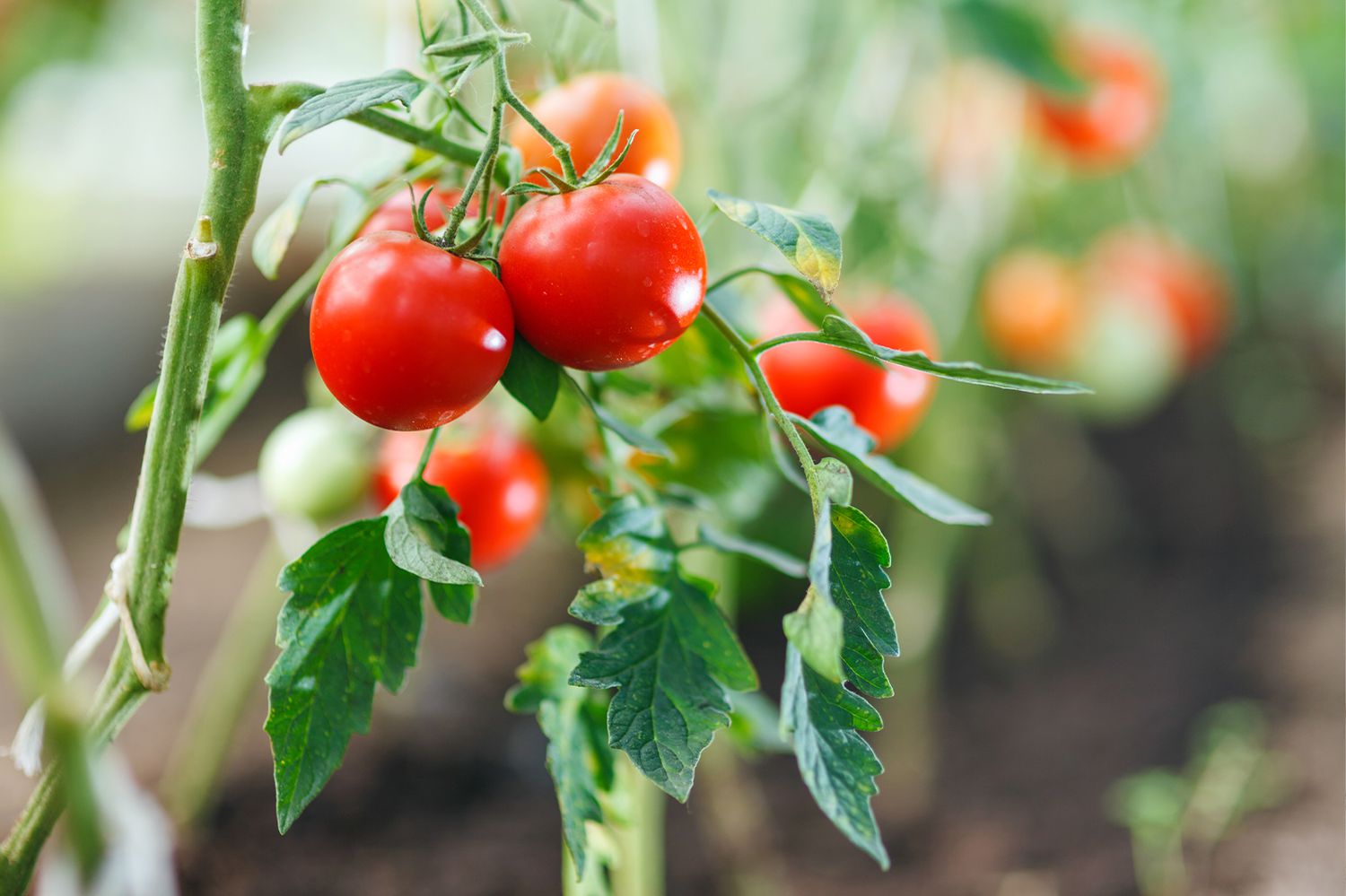
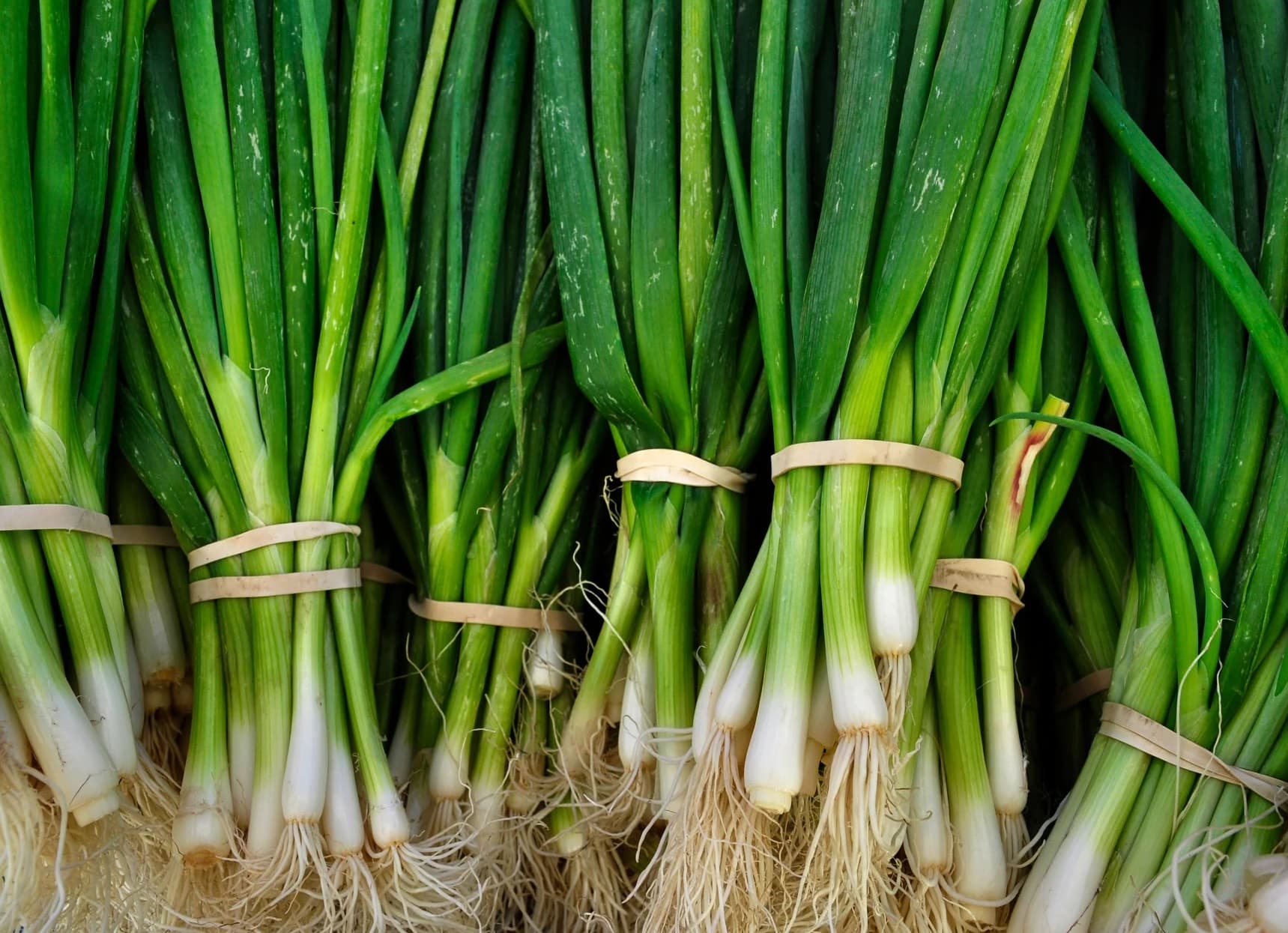
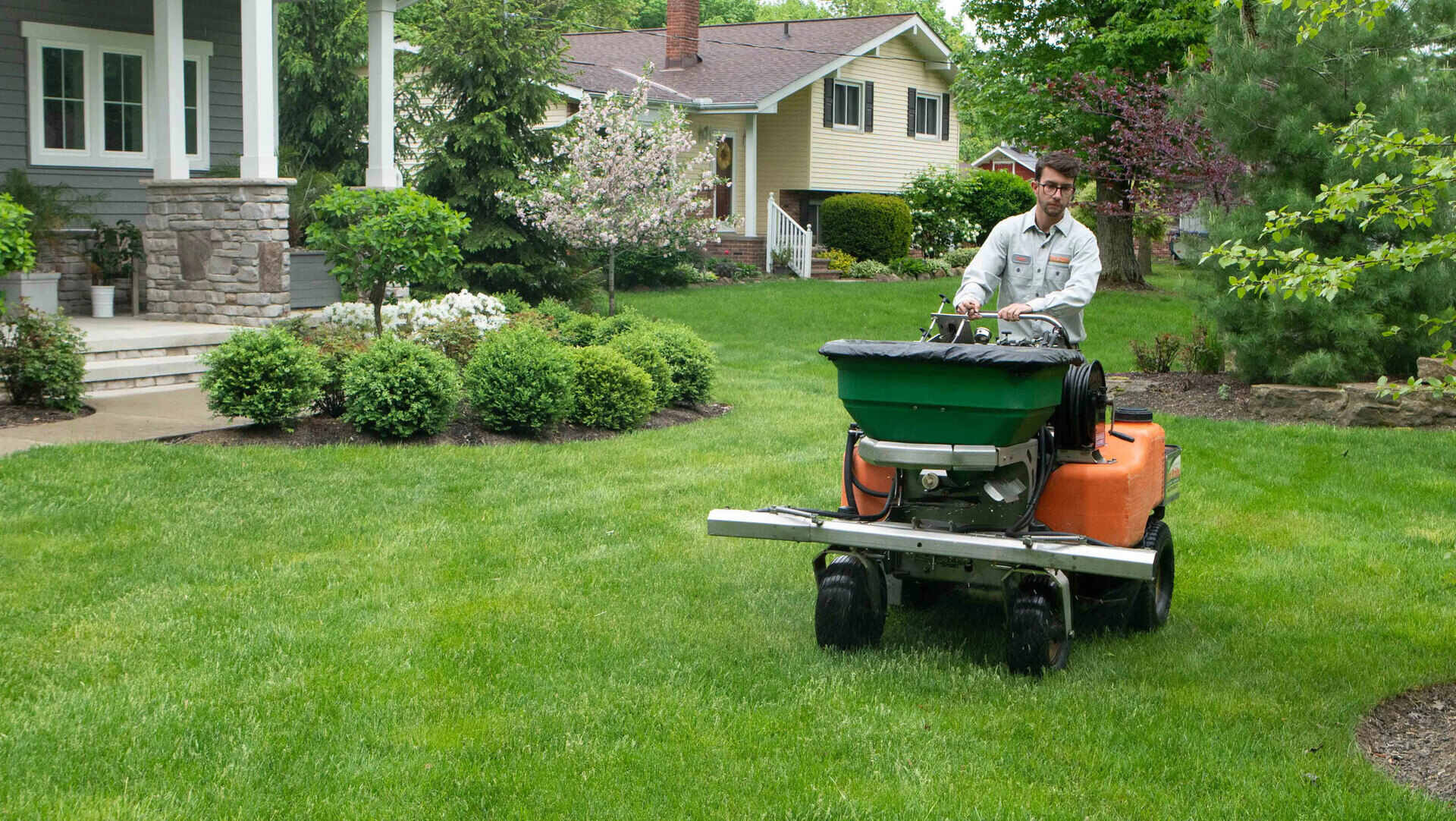
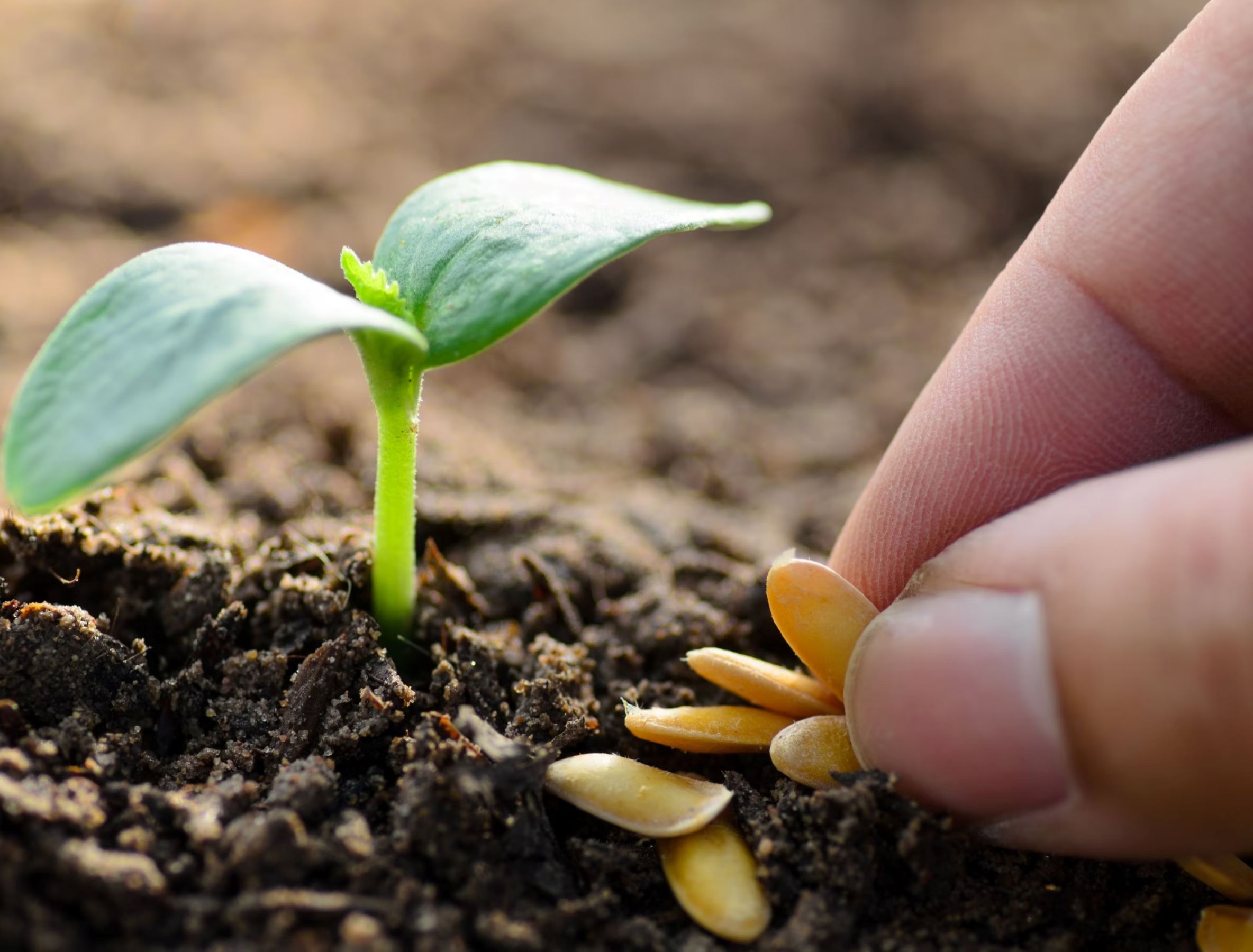
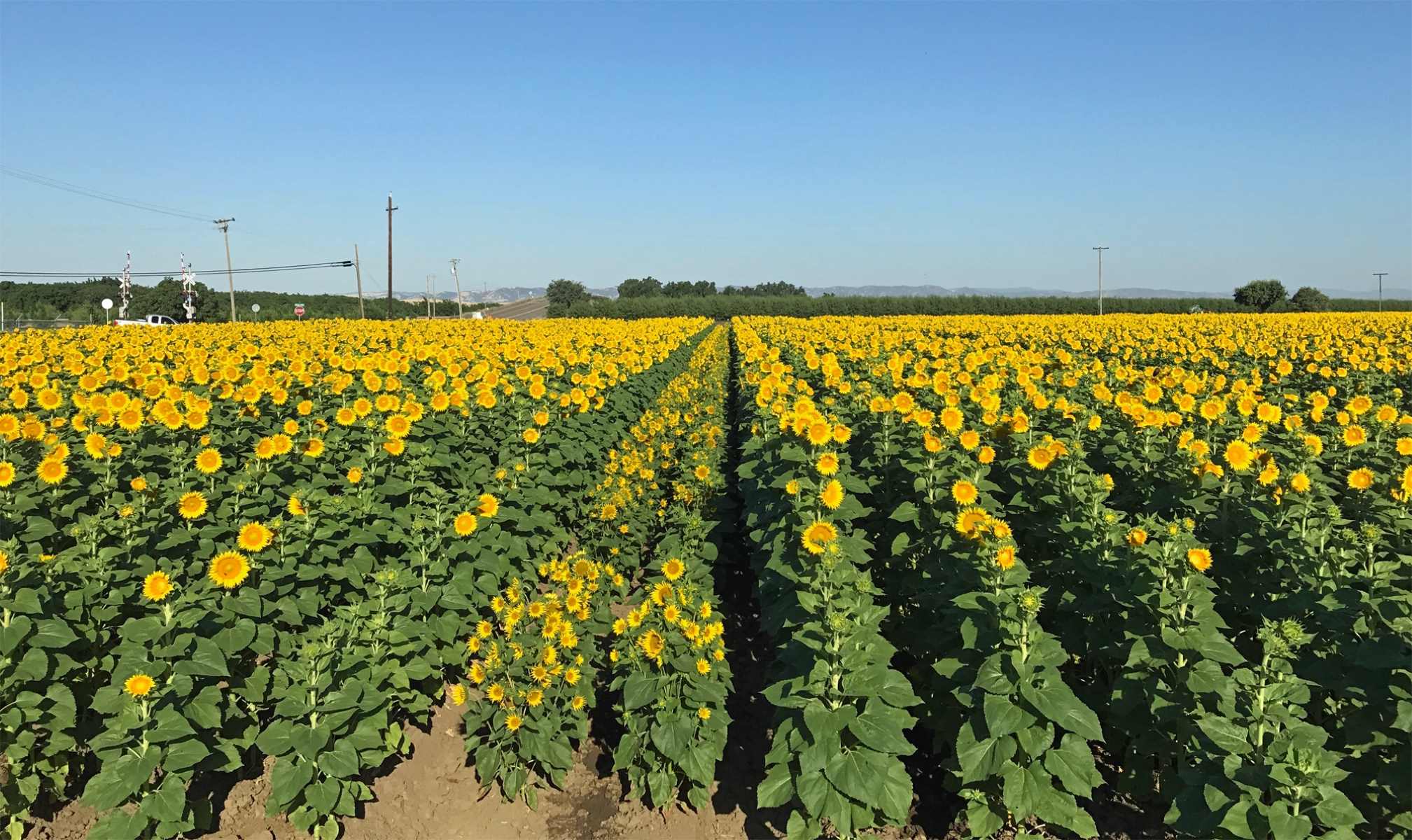
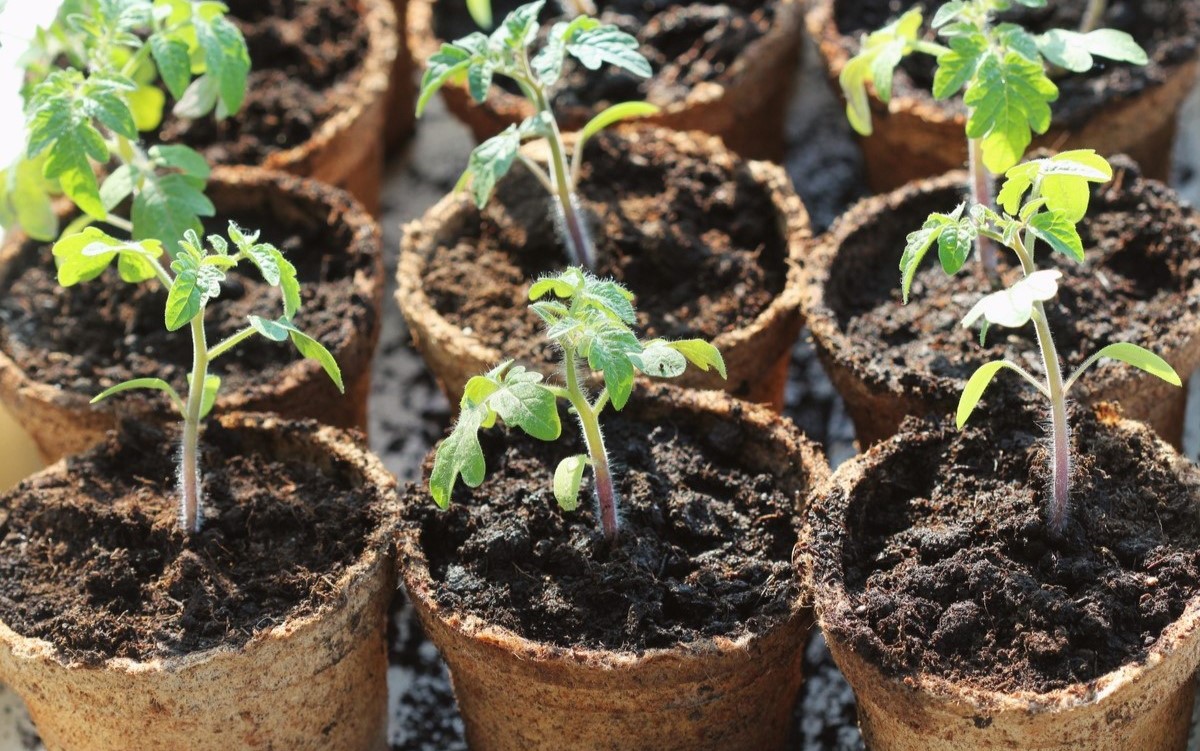
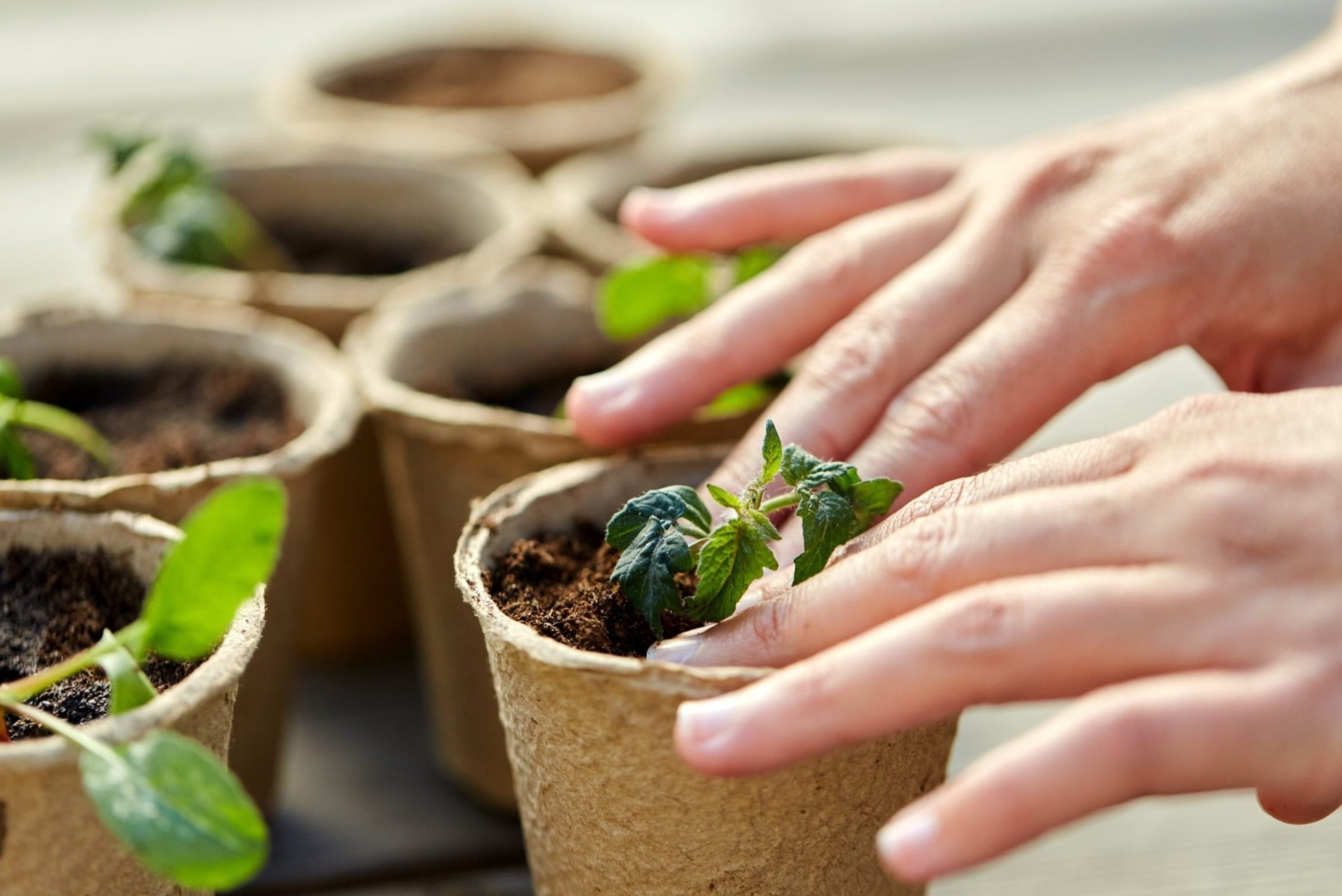
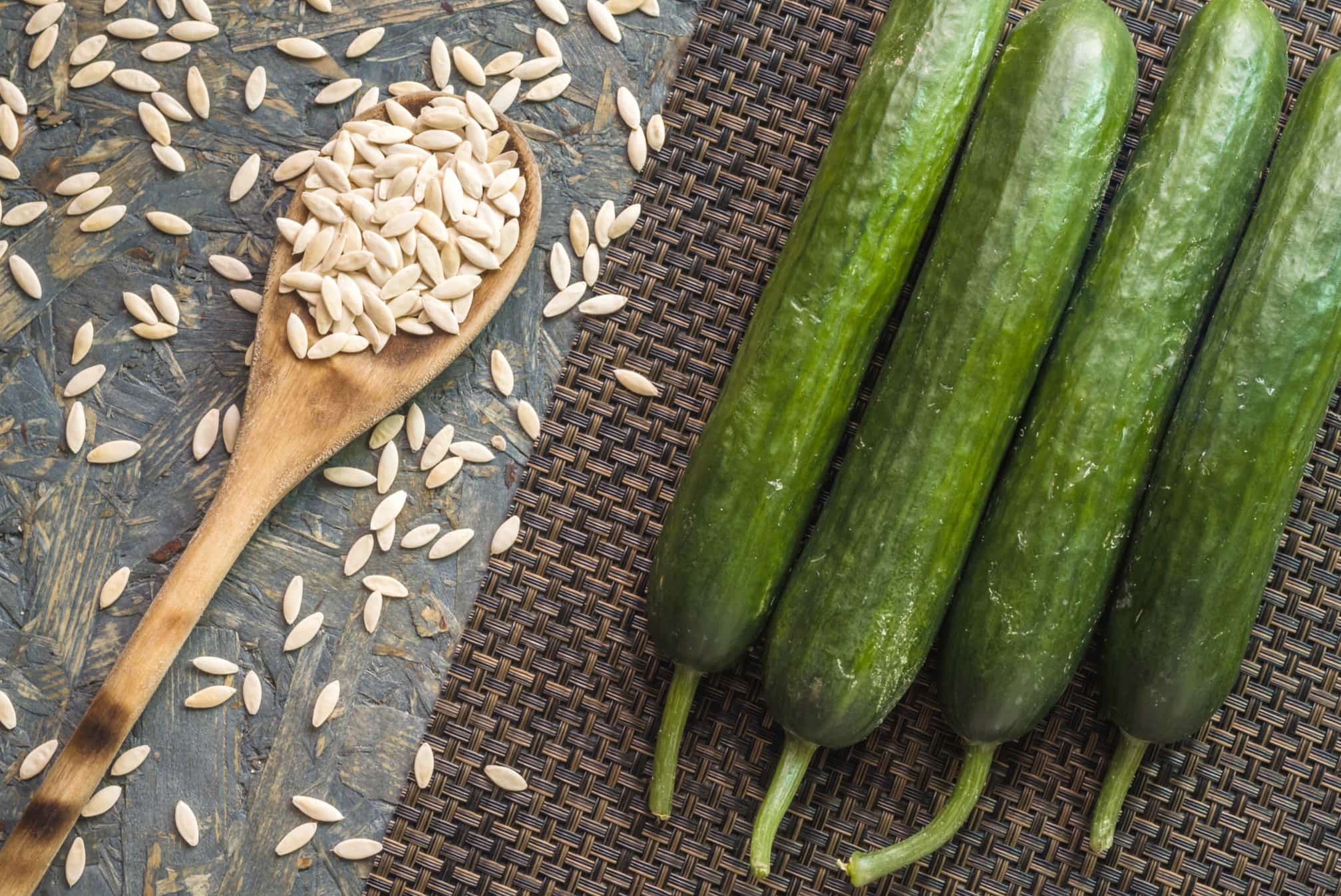
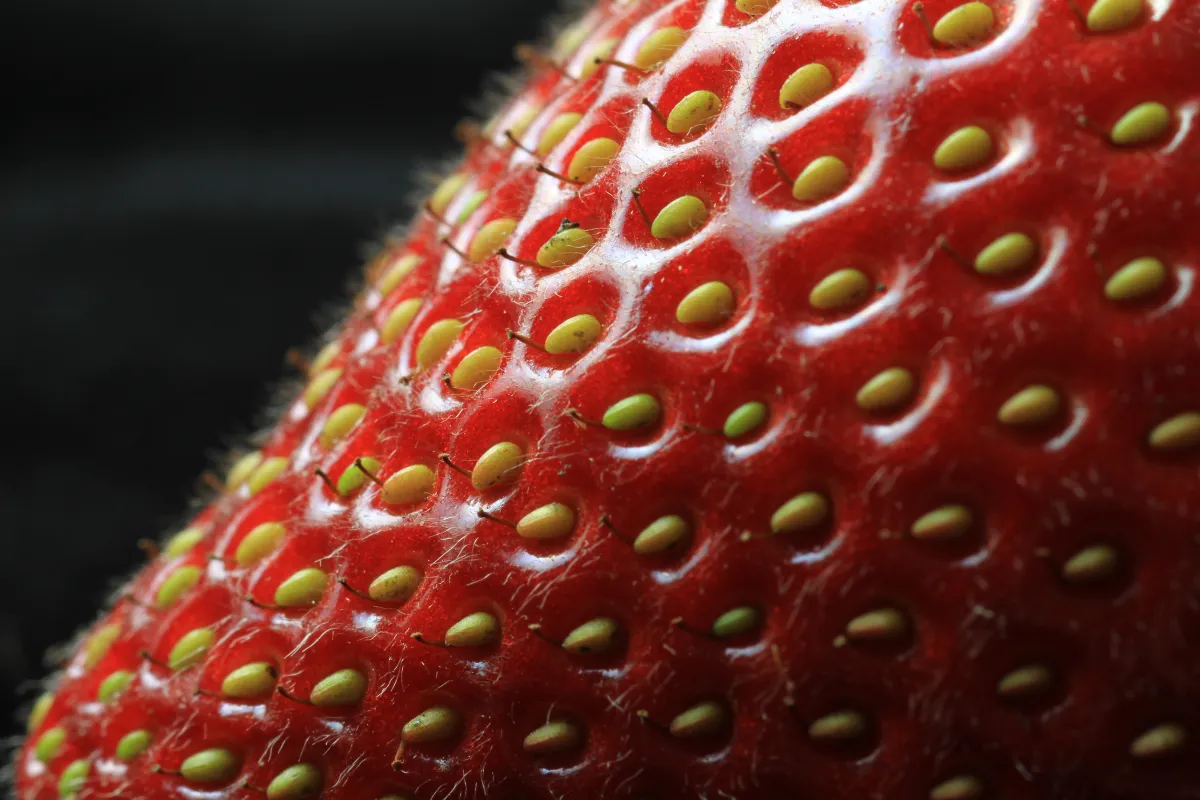
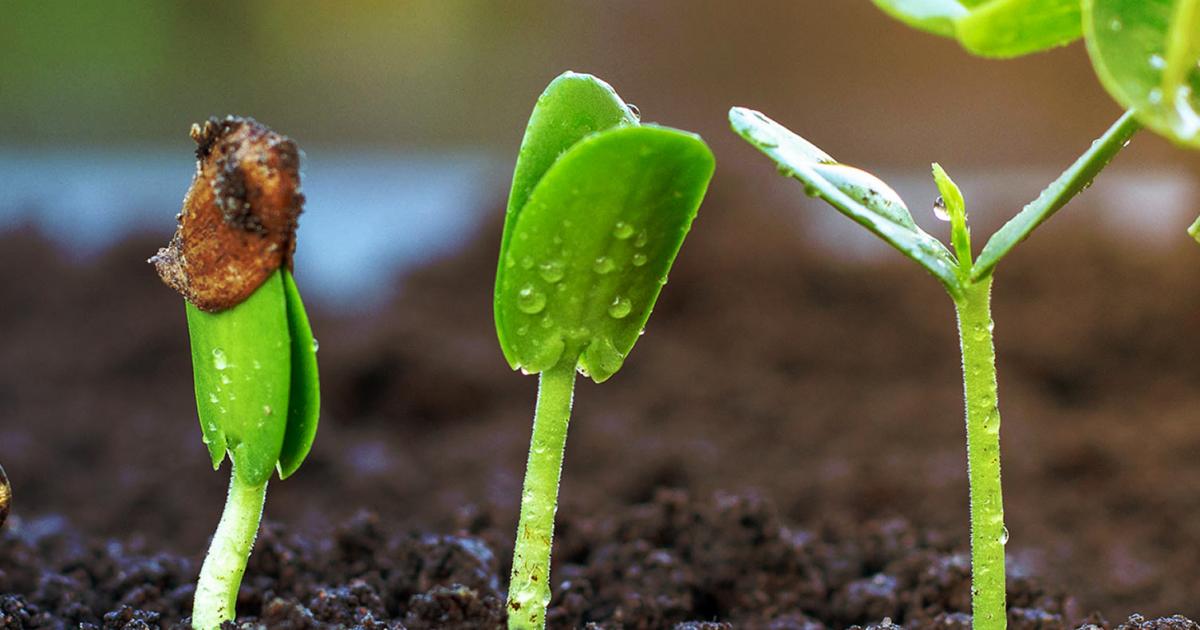
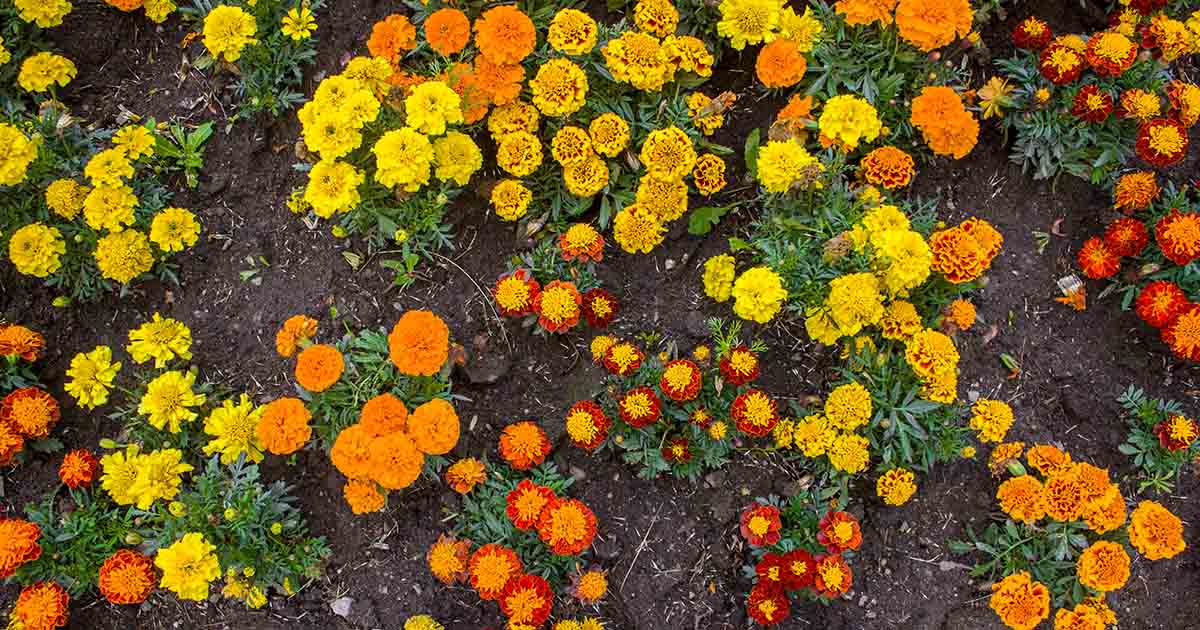
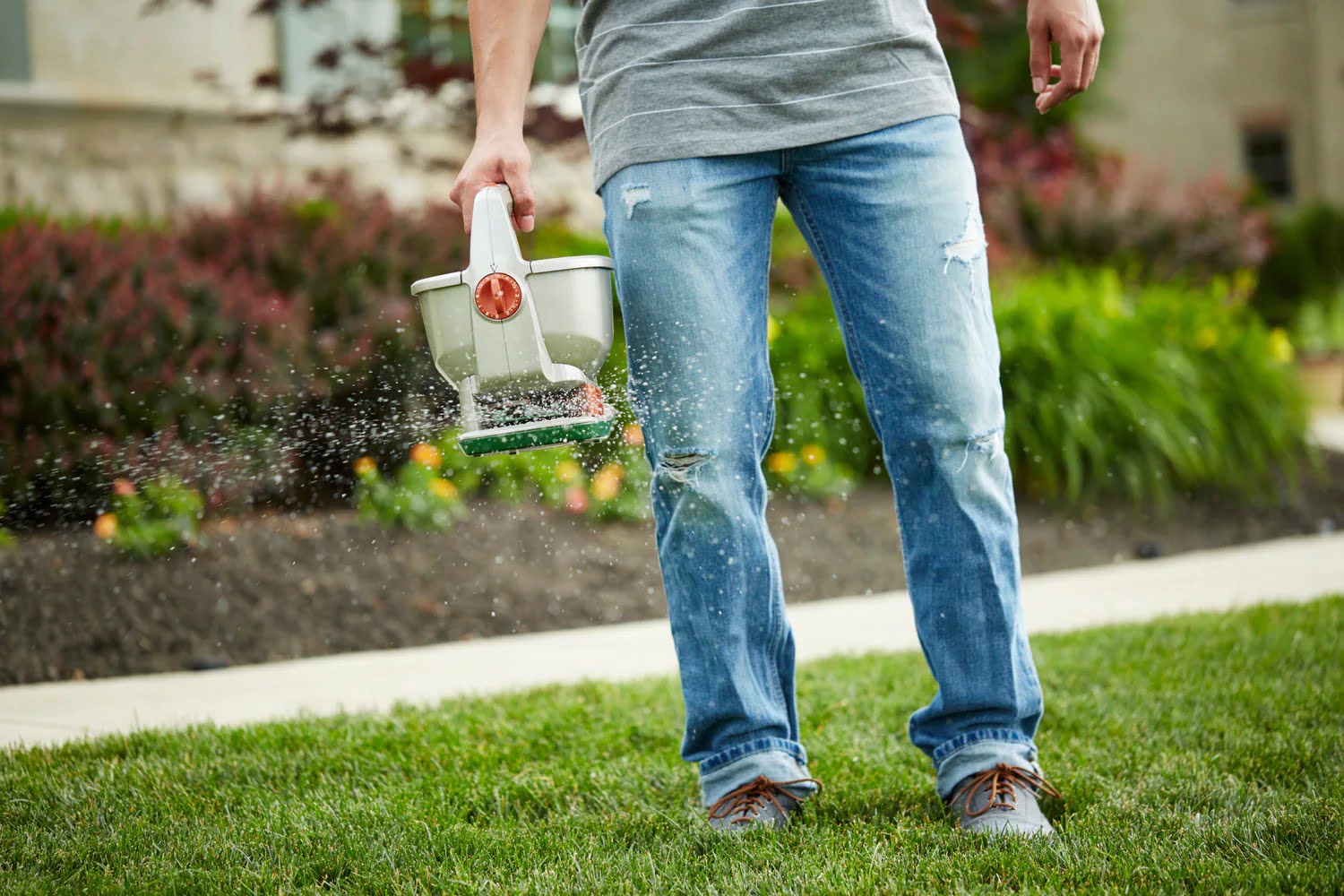
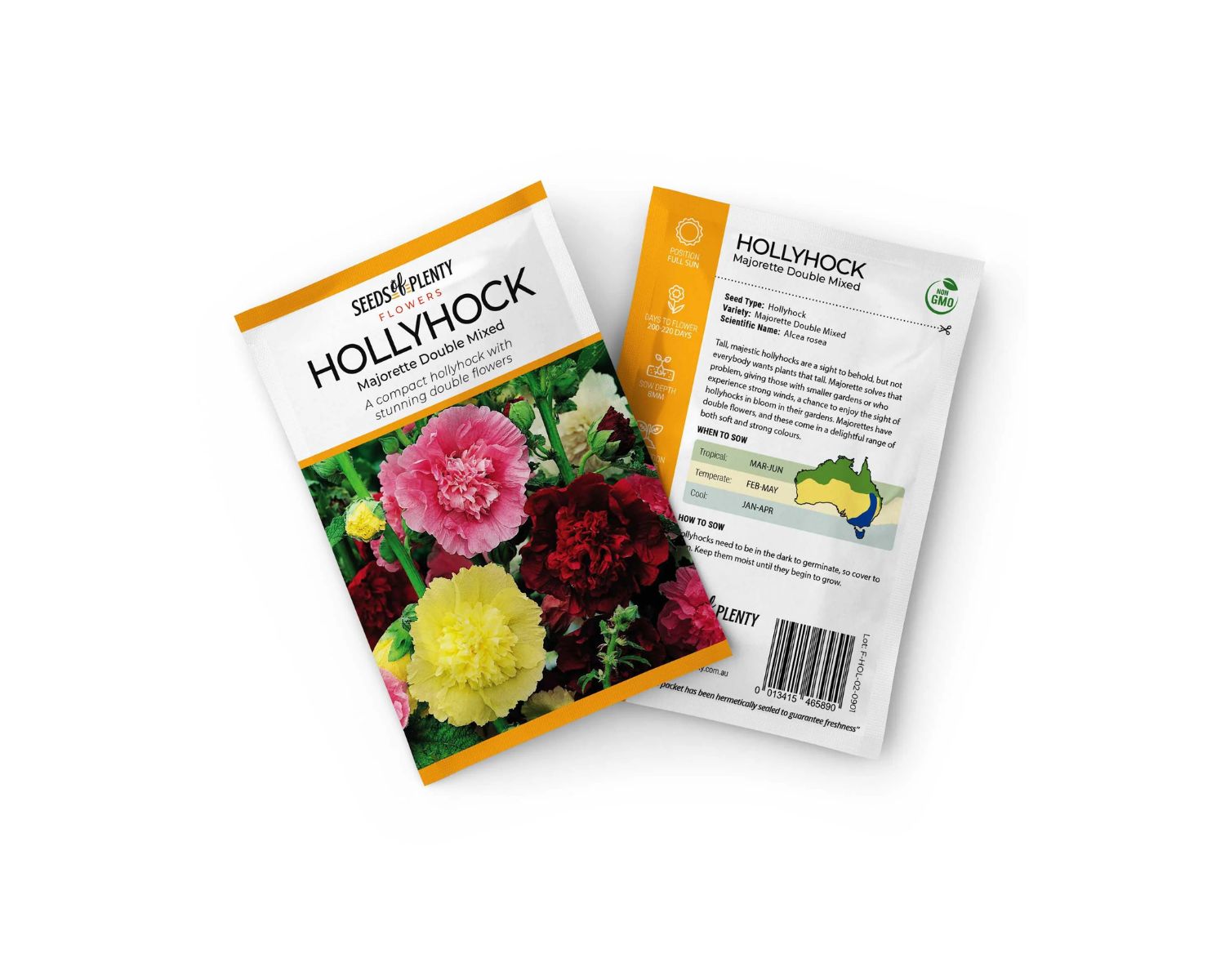
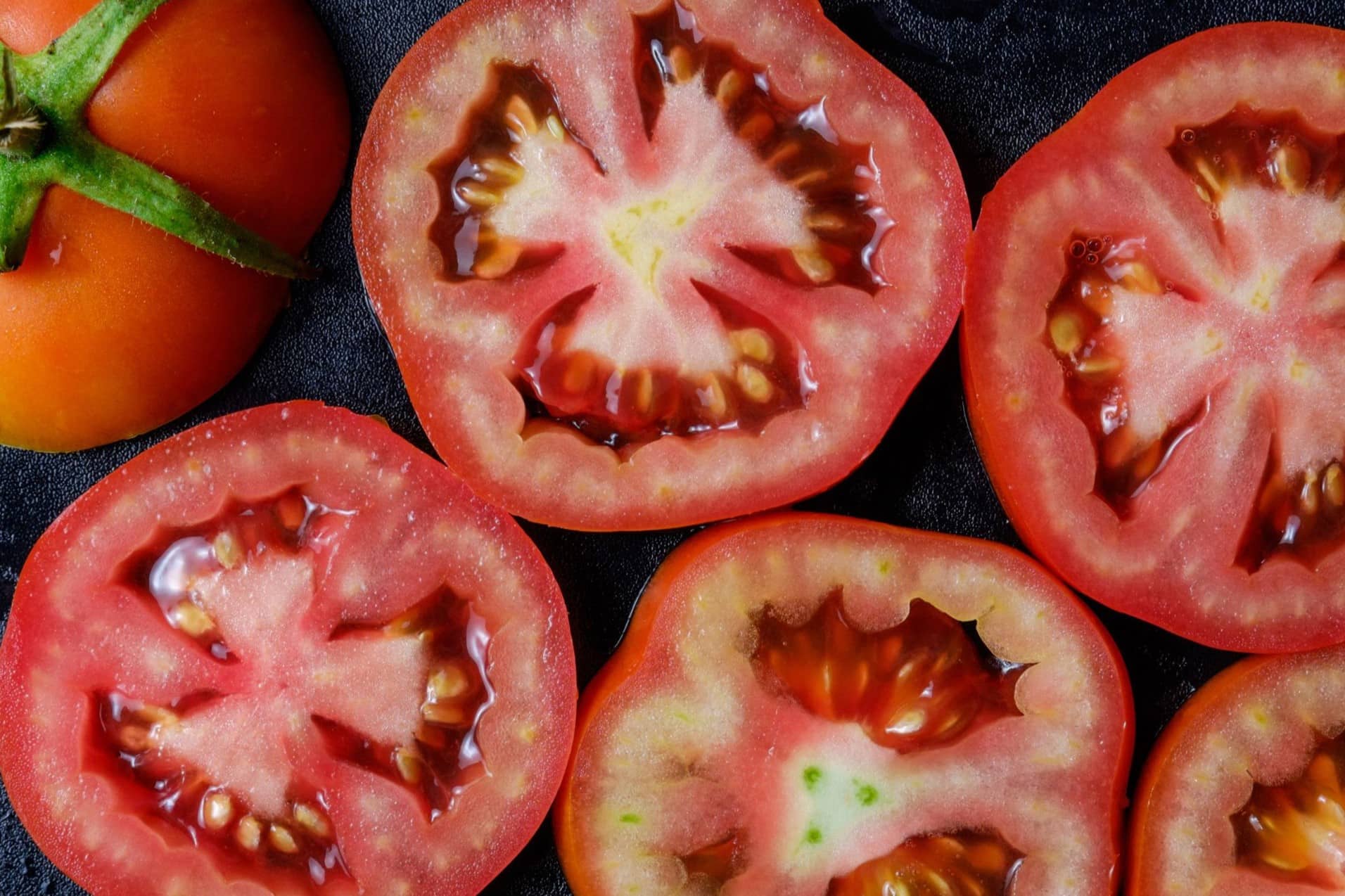

0 thoughts on “When Should I Plant Onion Seeds”